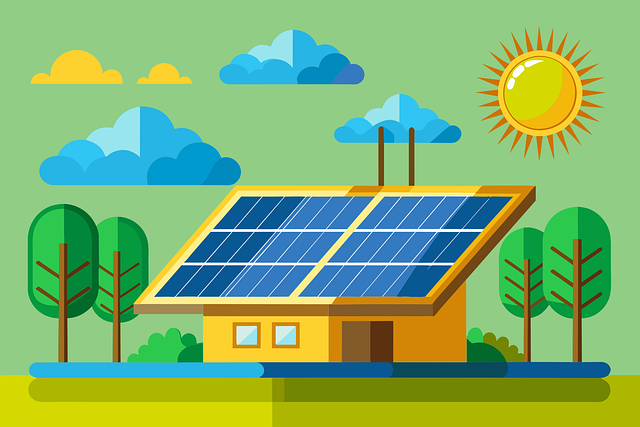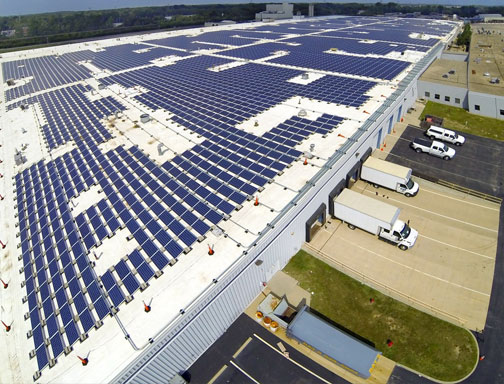 ¿Qué es un convertidor de almacenamiento de energía PCS?
Jul 12, 2024
¿Qué es un convertidor de almacenamiento de energía PCS?
Jul 12, 2024
El convertidor de almacenamiento de energía PCS (Power Conversion System) es un dispositivo de conversión de corriente bidireccional controlable que conecta el sistema de batería de almacenamiento de energía y la red eléctrica/carga. Su función principal es controlar el proceso de carga y descarga de la batería de almacenamiento de energía, realizar la conversión CA/CC y suministrar energía directamente a la carga de CA sin una red eléctrica.El principio de funcionamiento es un convertidor de cuatro cuadrantes que puede controlar los lados de CA y CC para lograr una conversión bidireccional de energía CA/CC. El principio es realizar un control de potencia constante o corriente constante a través de instrucciones de monitoreo de microred para cargar o descargar la batería, mientras se suaviza la salida de fuentes de energía fluctuantes como la energía eólica y la energía solar.El convertidor de almacenamiento de energía PCS puede convertir la salida de energía CC del sistema de batería en energía CA que puede transmitirse a la red eléctrica y otras cargas para completar la descarga; al mismo tiempo, puede rectificar la alimentación de CA de la red eléctrica en alimentación de CC para cargar la batería.Consiste en energía, control, protección, monitoreo y otros dispositivos de hardware y software. Los dispositivos electrónicos de potencia son el componente central del convertidor de almacenamiento de energía, que realiza principalmente la conversión y el control de la energía eléctrica. Los dispositivos electrónicos de potencia comunes incluyen tiristores (SCR), tiristores (BTR), relés, IGBT, MOSFET, etc. Estos dispositivos realizan el flujo y la conversión de energía eléctrica controlando el estado de conmutación de corriente y voltaje.El circuito de control se utiliza para lograr un control preciso de los dispositivos electrónicos de potencia. El circuito de control generalmente incluye módulos tales como adquisición de señales, procesamiento de señales y algoritmo de control. El módulo de adquisición de señales se utiliza para recopilar corriente de entrada y salida, voltaje, temperatura y otras señales. El módulo de procesamiento de señales procesa y filtra las señales recopiladas para obtener parámetros precisos; el módulo de algoritmo de control calcula la señal de control en función de la señal de entrada y el valor establecido, que se utiliza para controlar el estado de conmutación del dispositivo electrónico de potencia. Los componentes de conexión eléctrica se utilizan para conectar elementos energéticos y sistemas externos. Los componentes de conexión eléctrica comunes incluyen cables, enchufes y tomas de corriente y terminales de cableado. Los componentes de la conexión eléctrica deben tener buena conductividad y un rendimiento de contacto confiable para garantizar la transmisión efectiva de energía eléctrica y de manera segura y confiable. El modo de conexión a red del convertidor de almacenamiento de energía PCS consiste en lograr una conversión de energía bidireccional entre el paquete de baterías y la red. Tiene las características de un inversor conectado a la red, como anti-isla, seguimiento automático de la fase y frecuencia del voltaje de la red, paso de bajo voltaje, etc.De acuerdo con los requisitos de despacho de red o control local, PCS convierte la energía de CA de la red en energía de CC durante el período de baja carga de la red para cargar el paquete de batería, y tiene la función de gestión de carga y descarga de baterías; durante el período de carga máxima de la red, invierte la energía CC del paquete de baterías en energía CA y la devuelve a la red pública; cuando la calidad de la energía es mala, alimenta o absorbe energía activa a la red y proporciona compensación de energía reactiva.Fuera de la red El modo también se denomina operación de red aislada, es decir, el sistema de conversión de energía (PCS) se puede desconectar de la red principal de acuerdo con las necesidades reales y cumplir con los requisitos establecidos, y proporcionar energía de CA que cumpla con los requisitos de calidad de la red a algunos cargas locales. Híbrido Modo significa que el sistema de almacenamiento de energía puede cambiar entre el modo conectado a la red y el modo fuera de la red. El sistema de almacenamiento de energía se encuentra en la microrred, que está conectada a la red pública y funciona como un sistema conectado a la red en condiciones normales de trabajo. Si la microrred se desconecta de la red pública, el sistema de almacenamiento de energía funcionará en modo fuera de la red para proporcionar el suministro de energía principal a la microrred. Las aplicaciones comunes incluyen filtrado, estabilización de la red y ajuste de la calidad de la energía.
 ¿Qué es un convertidor de almacenamiento de energía PCS?
Jul 12, 2024
¿Qué es un convertidor de almacenamiento de energía PCS?
Jul 12, 2024
 Conocimiento científico sobre la generación de energía solar fotovoltaica.
Oct 10, 2023
Conocimiento científico sobre la generación de energía solar fotovoltaica.
Oct 10, 2023